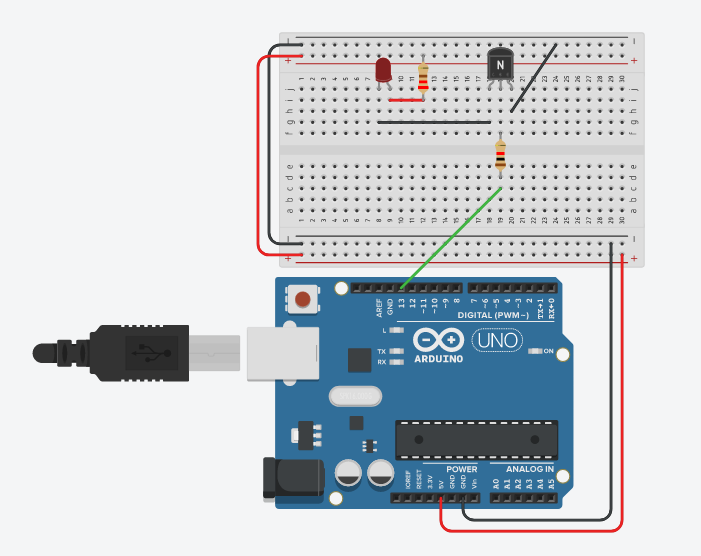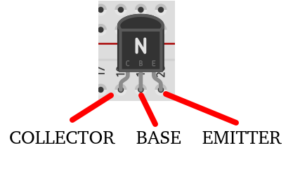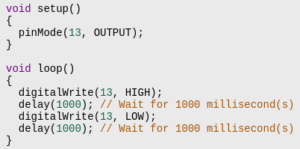-
Basic electronic
In this section we will work on basic electronic concepts such as Ohm's law, resistors, initial basic circuits, etc.
Working with NPN Transistors. Switching.

Transistors are widely used components in electronics. Microprocessors have millions of transistors that are the basis of their operation.
A transistor is used to switch or boost electronic signals. It can be used to control LEDs or to control motors.
Hardware required
- Arduino Board
- LED
- 220 ohm resistor
- 1k ohm resistor
- NPN (BJT) transistor
- Breadboard
- Jumper wires
Theoretical concepts
It is true that this project could work without the transistor, but this electronic component has been used so that the student knows how it works.

Transistors are usually made of silicon crystal, a component that can be easily found on the surface of the earth. Silicon was very important in the development of microprocessors. Hence the name Silicon Valley in the United States. Place where the largest computer companies started at the time.
NTN transistors are so named because they intersperse N- and P-type semiconductor layers.
In our case, we are using the NPN transistor to control an electrical flow. By activating and deactivating the base we will allow the energy that reaches the emitter to pass to the collector.
Code

As you can see in the code, it does not differ from the one used in the basic blinking LED exercise. With the same programming but a different scheme, an LED can be controlled with a transistor.
